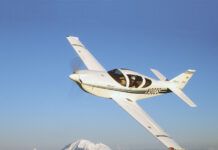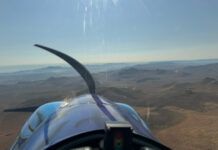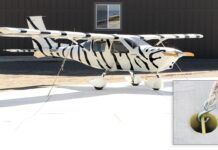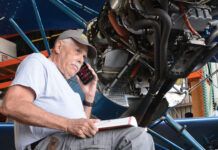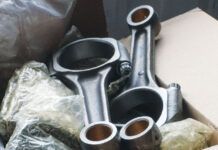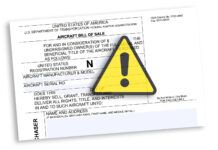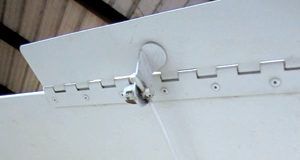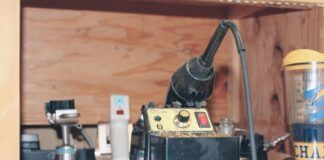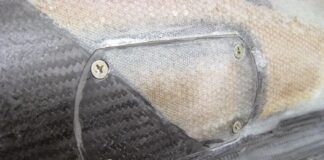When people first begin dreaming of flight, they soon imagine owning their own aircraft. The dream of aircraft ownership is a close relative of the dream of flight, and both are expressions of freedom. The freedom of flight is obvious, but the dream of being able to pilot your own aircraft, whenever you want to fly, is almost as obvious when you think about it.
In the ultralight and Light Sport worlds, aircraft ownership is nearly required. With few exceptions, rentals just don’t exist. And the forces of FAA regulations, liability and the fear of damage work together to prevent many instructors from allowing student pilots to solo in anything but their own aircraft.
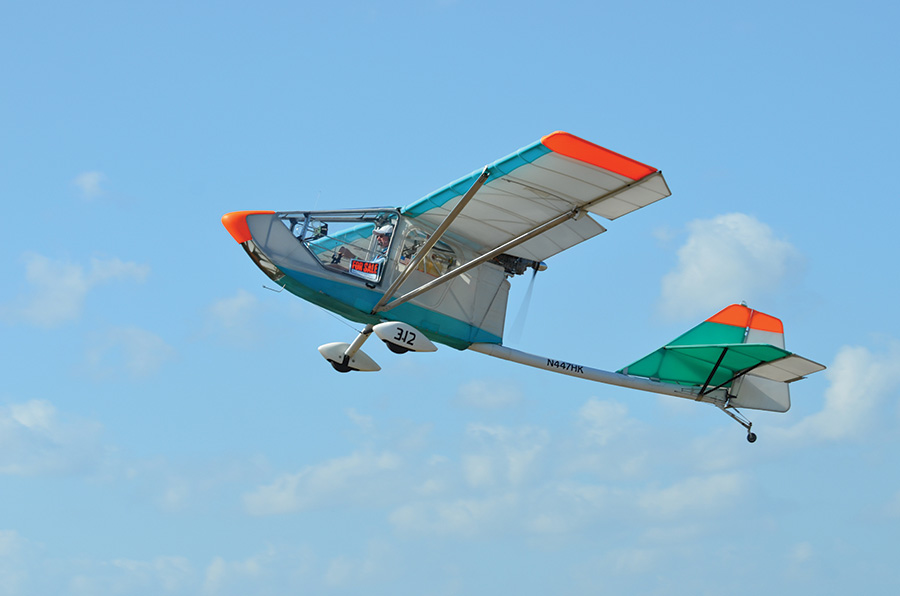
Acquiring a good used aircraft can get you into the sky quickly. Your instructor may know about where to find deals in what can be a tight-knit community.
Getting Flight Training
In what I consider an ideal world, potential pilots would have an opportunity to train in a rental before they buy their own aircraft. In an even more ideal world, student pilots would have an opportunity to learn to fly in a rental aircraft that is the same model they would eventually like to buy. In the most ideal world, our budding pilots would get opportunities to try everything until they found the aircraft that is just right for them, learn to fly in it, and then buy that model. (And, by the way, in that perfect world they would be able to pay for it with kind thoughts for their fellow man.) Alas, that just isn’t the way it normally goes.
It isn’t like the FAA hasn’t tried to make that a possibility. Even though nearly every commercial use for ultralights and Light Sport Aircraft are verboten, the FAA does allow for training on, and rental of, these types of aircraft.
Ultralights can be rented and certain (non-wheeled) trainers are still allowed. Aircraft certificated as Special Light Sport (SLSA) can also be rented and used for training.
The problem is that the commercial viability for rentals is just not there for the fees that many pilots are prepared to pay. So the reality is that even if you are willing to pay for a rental aircraft, odds are that you won’t find anyone to take your money. That means that you are probably going to become an aircraft owner sooner rather than later in your light aviation career.
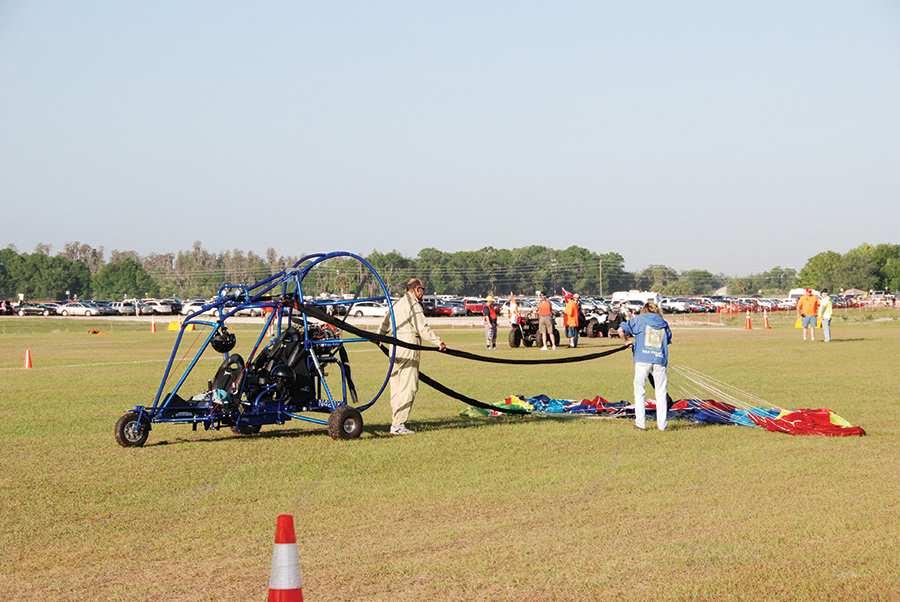
Learning the ropes is always a good idea before going shopping. Flying experience helps make you a better customer.
Good News
So we’ve established the bad news that you are going to have to buy an aircraft. (It’s OK. You can tell your wife that you didn’t want to, but I said you had to!) The good news is the best bargains in aviation are on the lighter side. (You can tell her that, too!) Where aviation may be completely out of reach if you had to buy a GA airplane, ultralights and Light Sport Aircraft can be quite economical.
Just how economical depends on what you want to fly, what you are willing to fly, and how much time and work you are willing to invest in your ride. Many people are used to buying new all of the time. And if you have the financial wherewithal to do that, you should probably stop reading this and start looking at some of the fine ads in this magazine! But if new is a little more than the budget allows, there are very viable alternatives.
Flying
The obvious alternative to a new aircraft purchase is a used aircraft purchase. And purchasing a used aircraft requires some measure of skill, luck and patience. How much luck you need depends inversely on how much skill and patience you bring to the game. Used aircraft purchasing can be a full-contact sport. Lots of grief is given to used car salesmen, but the one thing worse than a used car salesman is the unscrupulous car owner who just wants to move that car out of his own driveway. He doesn’t have to worry about his reputation, the Better Business Bureau, the state attorney or anything else. He just wants to see that car roll on down his street. As it turns out, most used airplanes are sold by private owners, and the same rules apply. If you are lucky, you find a motivated seller, the seller gives you a good price, and you get to live happily ever after. Of course depending on that kind of luck can get you into a little bit of trouble if the seller’s luck happens to be better than yours and he happens to be less than honest about the condition of what you are buying.
Luck needs to be augmented (or outright replaced) with skill. But if you aren’t familiar with inspecting or purchasing aircraft, don’t fret. That type of service can be hired out, but it shouldn’t be hired out right away. You want to first get a few flight lessons under your belt. There’s more than one reason why.
The first may be a little obvious. If you want to fly, say, gyroplanes, you should get a few gyroplane lessons to see if you really like them. Of course you will really like them, but it pays to be cautious before spending big money on an aircraft purchase. You will also learn some things about your chosen category of aircraft that could make you reconsider preconceptions you have made. Also, by flying, training and preflighting, you are going to become a much smarter consumer. Finally, by working with an instructor, you will get a little more insight into the community and learn what machines are for sale, which are the good ones and who is a good person to have by your side during a presale inspection.
If you are buying a currently flying aircraft, that’s good news because you should be able to see it fly. You may have to pay a bit more, but hopefully you will not have to invest too much of your time and can instead focus on flying. However, just because something is flying doesn’t mean that it is legal or safe to fly.
For ultralights there really aren’t titles, registrations or airworthiness certificates to worry about. So flying legally simply means, “Is this a real ultralight?” An ultralight is required to have only one seat, a maximum fuel capacity of 5 gallons and a maximum speed of 55 knots, and to weigh less than 254 pounds. If it doesn’t fit within those parameters, it really isn’t an ultralight. What you are really looking at is an unregistered, uncertified aircraft. I won’t say that you should run away from the deal, but you should go into it with your eyes open. You may be able to make it legal. This is a whole different topic that I should put on my list of “Things to Talk About Some Day!”
Used to Fly
Now we’re getting into the interesting stuff! Just like in the movies that feature an old car sitting in a barn somewhere that needs years of work (or a montage) to fix up, old ultralights can be found lurking not just on barn floors, but sometimes hoisted up into the rafters. Pure gold, right? Well, maybe.
Obviously that hidden jewel, (or hangar queen, or fixer-upper or piece of aviation history) will have an unfavorable maintenance-to-flying ratio. If you are feeling adventurous or incredibly cheap, this may be the way to go. But I recommend you rent a movie or two about the mishaps involved in renovating a house just to get you in the mood. Start with The Money Pit.
Remember that a lot of the very early ultralights were not designed for corrosion resistance or longevity. They were designed to be inexpensive and lightweight, goals that actually conflict with corrosion resistance and longevity. Wings are often covered with Dacron, which is a material that does not suffer the elements nobly, and older ultralight engines may qualify as not-so-fine antiques. So the goal should maybe be to buy something that isn’t currently flying, but won’t become too expensive, time- or money-wise, to put back into flying shape. Unfortunately, rarely are aircraft disposed of anymore. For example, the Arizona desert is full of aircraft stored away by a packrat U.S. government, which is otherwise pretty happy to auction off its surplus toys.
Any time you buy something used, you should get out your magnifying glass and become a junior sleuth. In the case of the “used to fly,” you may want to ask the owner some obvious questions: Why did you stop flying it? Did the aircraft crash? What kind of damage occurred? Was it repaired (unless it obviously wasn’t)? Did the aircraft scare the owner, who moved it to the bottom of his toy box? Or was it something else? These questions are important for the buyer who doesn’t want to pay good money for someone else’s problems.
If you are considering a project like this, hopefully you have some time and some mechanical aptitude. It would still be advisable to bring someone along who has experience in the type of aircraft you want to bring back to life and who can explain the challenges and the possible pitfalls. He or she may even be able to be counted on for a free, occasional, “I told you so,” as you work on your project.
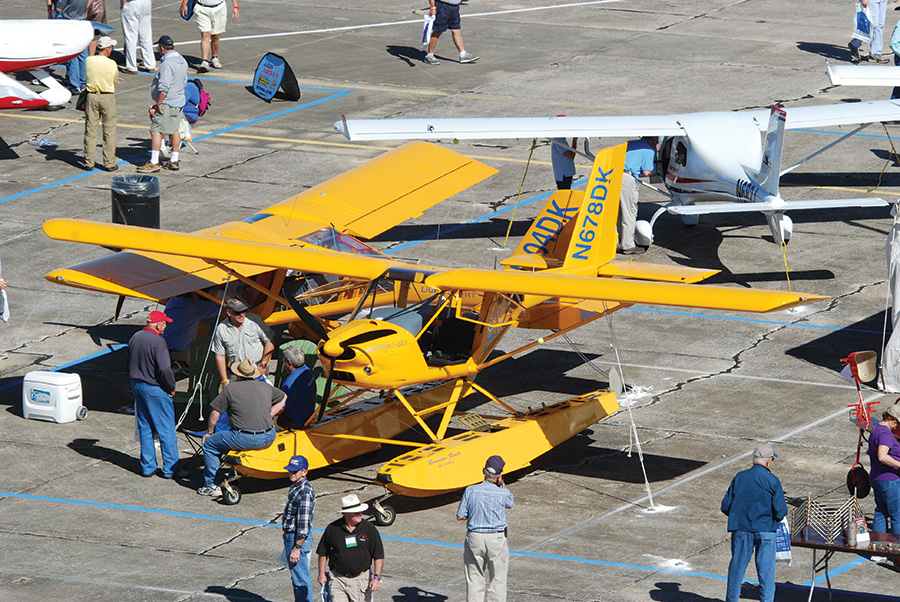
New is always a great way to go and there are lots of aircraft available. Visiting expos and fly-ins gives you exposure to lots of models.
Never Flew
A kit aircraft is a great approach too. One major advantage is that you will learn lots about the aircraft you want to fly. You know it will be put together right. Or if you round a corner, you will know whose fault it was when something goes wrong. There are a lot of great kits out there, and there is something for every schedule. Some aircraft certified as Experimental Light Sport Aircraft (ELSA) are kits in only the legal definition of the term. Or alternatively, there are some aircraft kits that entail an awful lot of fabrication work. Most people will want to select something in between these two extremes.
Between ELSA and FAA-approved quickbuild kits, you may find the buckets of time you thought you would have to commit to such a project amount to only a bucket or two. Talk to the manufacturer for sure, but also talk to some builders who have successfully walked the path you are considering.
No matter how quick the quickbuild kit is, bear in mind that building is a completely different hobby from flying. The more time you commit to a kit, the less time you may have for flying the completed product. You’ll have to pardon me, but the older I get, the more I think in those terms.
Could Fly
So what on earth is “could fly”? That is my designation for orphaned kits. An orphaned kit is one that was purchased and started by an owner who no longer has the time, ability or desire to finish it.
Orphaned kits may be among the best bargains out there. One reason is that many people who purchase kits want to make sure the aircraft is built properly. And they want to do it themselves. And it is those desires that make obtaining somebody else’s failed project a little less appealing.
A problem is that you may have to wait a little longer to get the kit of your choice or settle for what is currently available. If a kit is one that was purchased in stages or sub-kits, you have to make sure that all of the parts are there and the rest are still available. (There is less of an inventory problem when you buy a fully built airplane. “One. Check. All there!”) You will also have to inspect the current work to see if it was done well and to your and the FAA’s standards. It could be the reason somebody is selling a kit is that they discovered they had bitten off more than they could chew. Some assemblies may look like they were unsuccessfully chewed, too. That by itself isn’t a deal killer, but you will have to take into account the time and possible expense of redoing improper work.
The great news is that you get to take credit for all of the work the prior owner completed, at least in the eyes of the FAA. They really don’t care which amateur started the work and which amateur finished the work on an amateur-built airplane. They just want it to be amateur-built. That means if you finish the project, you get credit for becoming the annual inspector for that particular aircraft, a nice little benefit that will save you dollars every year.
What to Do
What we’ve discussed here is really an in-between problem that arises when you are in the process of transitioning to the light side. The first thing you need to do is find an instructor and get your hind end into your seat of choice to find out if it truly is your seat of choice.

![]()
Roy Beisswenger is the technical editor for Powered Sport Flying magazine (www.psfmagazine.com) and host of the Powered Sport Flying Radio Show (www.psfradio.com). He is also a Light Sport repairman and gold seal flight instructor for Light Sport Aircraft as well as the United States delegate to CIMA, the committee of the Fédération Aéronautique Internationale (FAI) pertaining to microlight activity around the world.

